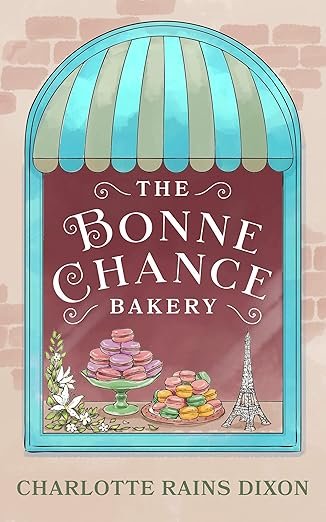Corralling Your Writing Ideas

If you’re anything like me, the beginning of writing a book is a messy affair. You’ve taken notes like crazy, and they might be anywhere and everywhere. You’ve got nuggets about character buried deep inside a Moleskine, and the best ideas ever for a plot–if only you could find them. I’m all for this chaos at the start, but there comes a time when one must get organized or risk not going any farther. You need a way to corral all your supporting information.
So how do you corral your notes into a usable outline, or list, or something you can follow while writing a book? Amazingly enough, I have ideas for you. But first, let me be clear here, I am not a paragon of organization, far from it. I’ve just learned the hard way I need to get my notes together one way or another, or I’ll never write the novel. (Also, there’s that productivity thing I wrote about a couple posts back–a person who feels in control is much more motivated to accomplish things.)
Before I share some of the methods for organizing I’ve discovered, first, a note–it does help if you take all your notes in one place. (No, duh.) I’ve got a giant legal pad I’ve been scribbling ideas in and I number the pages and sometimes often remember to annotate on the margins to make it easier to go back and find things. You might choose a Moleskine, or a humble spiral. I’ve used them all, depending on my mood. Okay, ways to organize thyself:
- Mini binders. I love these little guys. Okay, I’ve gone off the deep end for them. I use them for corralling everything from novel notes to ideas for workshops to my day to day life. Often an index card seems too small, or a regular binder, too big–too much information on one page, ack! But as Goldilocks said, the mini binder size is just right. Also, I can make sections–sections, people!–for plot, setting, character, brilliant ideas, etc.
- Index cards. You, however, might like something smaller, and in that case you might want to try index cards, which do come in two sizes. Beloved of screenwriters, these babies make it easy to put one scene per cards, or one character trait per card, or whatever you would like. There are tons of nifty little containers to put them in, and you can take them out and play with them. You can move scenes around, pin them up in different configurations, whatever your little heart desires.
- Scrivener. I am not a Scrivener
zealotdevotee, though I respect those of you who are. I do, however, love the idea that you can use index cards on the computer through this program. And there’s lots of other cool stuff as well. I just don’t have the patience to learn it. - Powerpoint. If you like the idea of corralling ideas on index card, but insist on doing everything on the computer and don’t want to learn Scrivener, try Powerpoint. You most likely have it on your computer, and it is easy to work with and very visual seeing as how it is a program to create presentations. Each slide equals a card and there’s enough flexibility to create sets of cards for plot and character or whatever you need. I’ve only just begun to explore the possibilities here.
- Regular binder. You know, the 8.5 by 11 standard size we used as school children. I do love me a good binder, which always feels so rich with possibility, but as stated above, the pages get a bit overwhelming for me. They do have the advantage of holding lots of info.
- Word document. Nothing fancy, nothing special, just the file most of us use every day for our writing. No reason you can’t put all your supporting info for your story in a Word doc. That’s what I did for Emma Jean.
- OneNote or EverNote. Choose your poison from these online organizing tools. Both have advantages like accessibility across a broad number of platforms. I prefer OneNote for its simplicity but many writers love EverNote. It’s up to you.
So those are my recommendations. What do you use? Please do share.
Oh and by the way, I’ll be talking about stuff like this at my three-day Mapping the Novel workshop, to be held in June on the glorious Oregon coast. Check it out here.

J.D.
You given us a great list. Just another thought: When you finish that great novel, don’t throw your those notes away. Don’t erase the files from your computer. What if a scene comes to you when you’re writing the 2nd or 3rd book, a scene that seems perfect for a minor character in the first book, but you can’t remember her first name or how tall she is or what color her eyes happen to be.
Great stuff, Charlotte. Your June party sounds great.
Charlotte Rains dixon
Great advice, J.D.! I do recommend never deleting anything. And thanks for reading as always.
dissertation expert
I have been using EverNote and it’s an amazing resource for sharing your writing thoughts and getting interesting stuff.
Charlotte Rains dixon
Glad it is working for you!
增达信购
博文值得拜读。受益了!
Charlotte Rains dixon
🙂